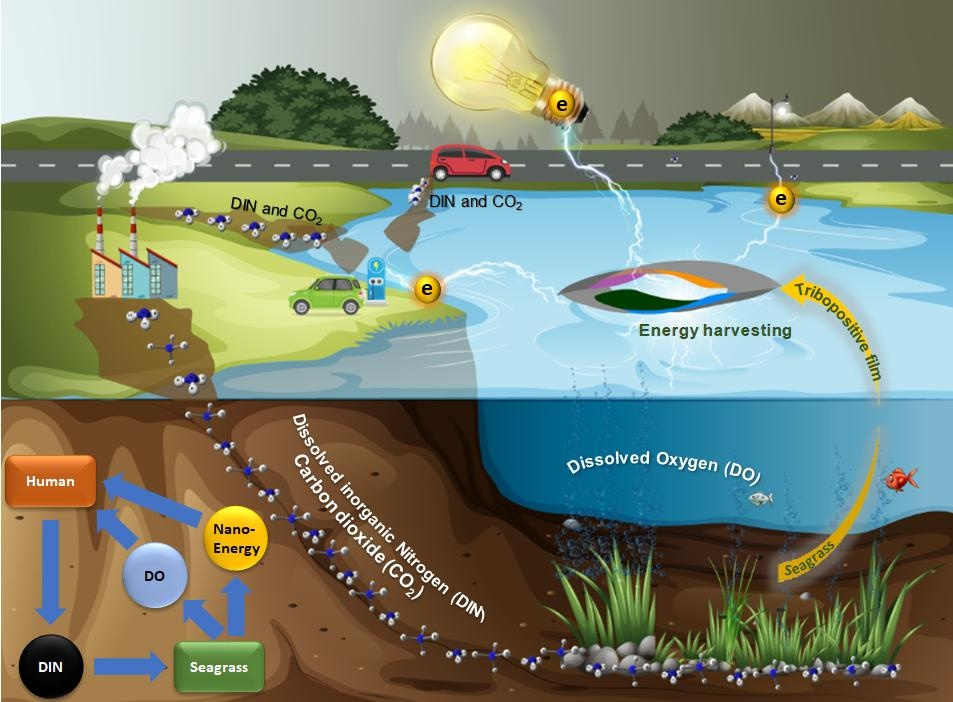Power generation using seagrass proved by JNU marine researchers
· Writer : Jeju National University ·Date : 2021-10-12 00:00:00 ·View : 37
-
noImage
배진호 교수팀, ‘잘피’ 이용 전기 생산 가능성 증명
Power generation using seagrass proved by JNU marine researchers Article on frictional electricity nano generator released in world-renowned journal

A group of researchers from Jeju National University succeeded in publishing an article in Nano Energy, a world-renowned journal.
Qazi Muhammad Saqib, Mahesh Y. Chougale, and Prof. Bae Jin-ho in the school’s Department of Ocean System Engineering recently released their paper titled “Natural seagrass tribopositive material based spray coatable triboelectric nanogenerator” in the 89th issue of the journal.
The article gained recognition by verifying the possibility that seagrasses found in the Jeju seas can be used to generate electricity. Unlike seaweed, seagrasses are the only flowering plants that grow in the marine environments.
The ocean engineers and the Jeju Sea Grant Center conducted a multidisciplinary research on the Jeju-grown seagrass species to study the development of a frictional electricity nano generator.
The research was conducted funded by the Ministry of Science and ICT and the Ministry of Oceans and Fisheries. The research findings proved for the first time in the world that a nano technology can be applied to generate electricity using a seagrass.
Specifically, the researchers discovered that the two common sea plants named Zostera marina and Phyllospadix japonicus in the Jeju seas is tripopositive and used the aspect to develop a frictional electricity nano generator.
The newly developed seagrass-based nano generator features an excellent level of safety and durability. It can also be charged easily to operate approximately 150 electric devices.
The latest research proved the industrial and economic feasibility of Jeju’s seagrass breeds, which could be used as an eco-friendly source of energy.
The researchers explained that the generator is expected to provide supplementary electricity for different wearable devices.













 예비대학생
예비대학생 재학생
재학생 졸업생
졸업생 일반인
일반인 교직원
교직원